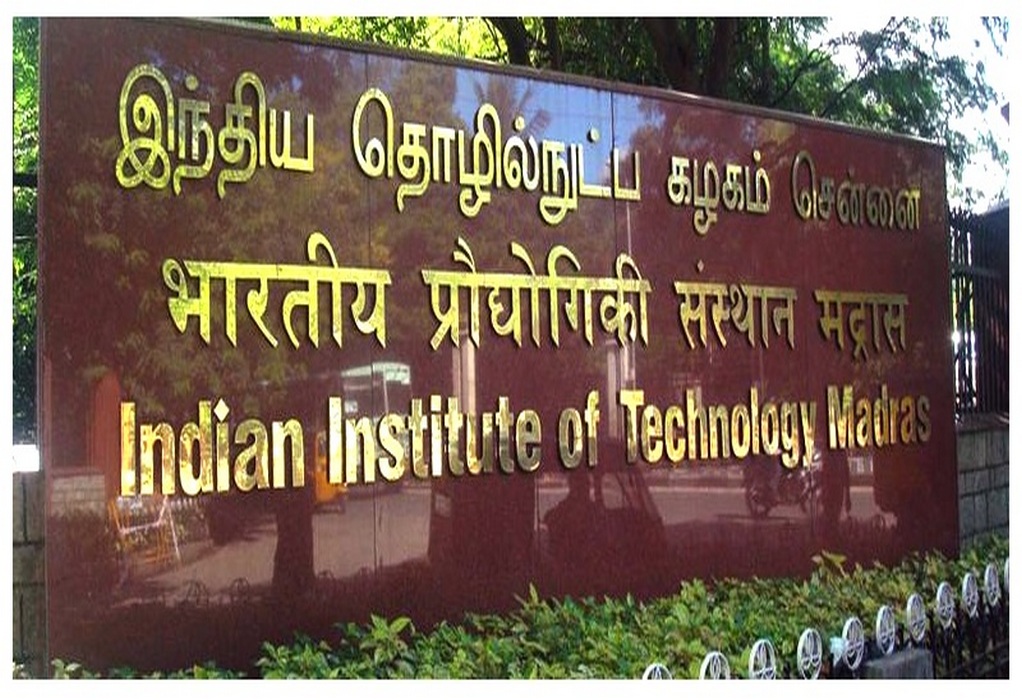A team of researchers from the Department of Physics at IIT Madras has developed a new way to generate hydrogen from seawater that is more cost-effective and efficient than existing methods. The team’s work was published in the journal ACS Applied Energy Materials.
The team’s approach uses a simple, scalable, and cost-effective electrolyzer that can be powered by solar energy. The electrolyzer uses alkaline seawater as the electrolyte, and carbon-based electrodes coated with transition metal-based catalysts. The catalysts help to speed up the production of hydrogen and oxygen from seawater, while the carbon-based electrodes are resistant to corrosion in seawater.
The team’s electrolyser was able to produce hydrogen at a rate of 250 ml per hour from a 16 sq.cm electrolyser, and 1 liter per hour from a 391 sq.cm electrolyser. The team also fabricated a stack consisting of three such cells, which produced 4 liters of hydrogen per hour.
The team’s work has the potential to make hydrogen production from seawater more affordable and accessible, which could help to reduce our reliance on fossil fuels and combat climate change.
The team’s electrolyser uses a cellulose-based separator, which is more economical and environmentally friendly than the oxide-polymer separators that are used in conventional electrolysers.
The team’s electrolyser is highly efficient, with an overall seawater splitting voltage of 1.73 V at 10 mA/sq.cm. This is equivalent to about 12% efficient solar-to-fuel conversion under 1 sun illumination.
The team’s electrolyser is scalable, and could be used to produce hydrogen on a large scale.
The team’s electrolyser is cost-effective, and could potentially be used to produce hydrogen at a cost that is competitive with fossil fuels.
The research is expected to create a renewed interest in the low-cost production of Hydrogen, a clean fuel, from sea water.
Tags: Hydrogen, IIT Madras, Seawater, Solar

Recent Posts
Tata Steel achieves B24 biofuel voyage from Australia to India
Scientists synthesised material that can absorb Greenhouse Gases
First carbon removal plant in world comes online in Iceland
FIS proposes hydrogen as fuel for fishing vessels
WinGD bags order for world’s first ammonia dual-fuel tankers
ClassNK explores alternative fuel paths
Hydrogen fuel of future: Gadkari
Classification societies on new fuels pathway